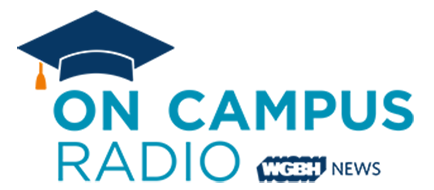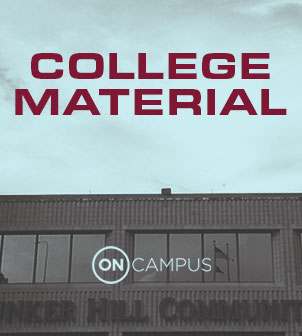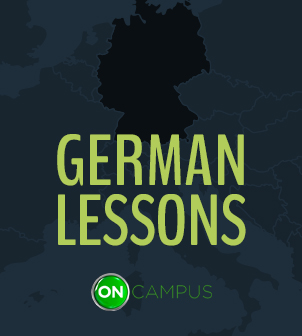new business models
When the people with some of the greatest clout over the future of America’s universities and colleges convene in Austin, Texas, they’re not likely to attract very much attention.
They’re not athletics coaches, high-profile presidents, or marquee faculty who publish influential books. They’re not congressmen or legislators. They’re not rich donors or alumni.
They’re the representatives of philanthropic foundations, whose money — combined with the relative inertia of government and the higher-education establishment itself — has made them huge players in setting policy for the institutions that graduate the nation’s future workers and leaders.
He may be the leader of the free world, but when President Barack Obama proposed that the government grade universities based on their cost and success rates, a lot of other people were ahead of him.
At a time when students and their families are demanding to know what they’re getting for their mounting investments in higher education, several foundations and research centers are already working on new ways to show them.
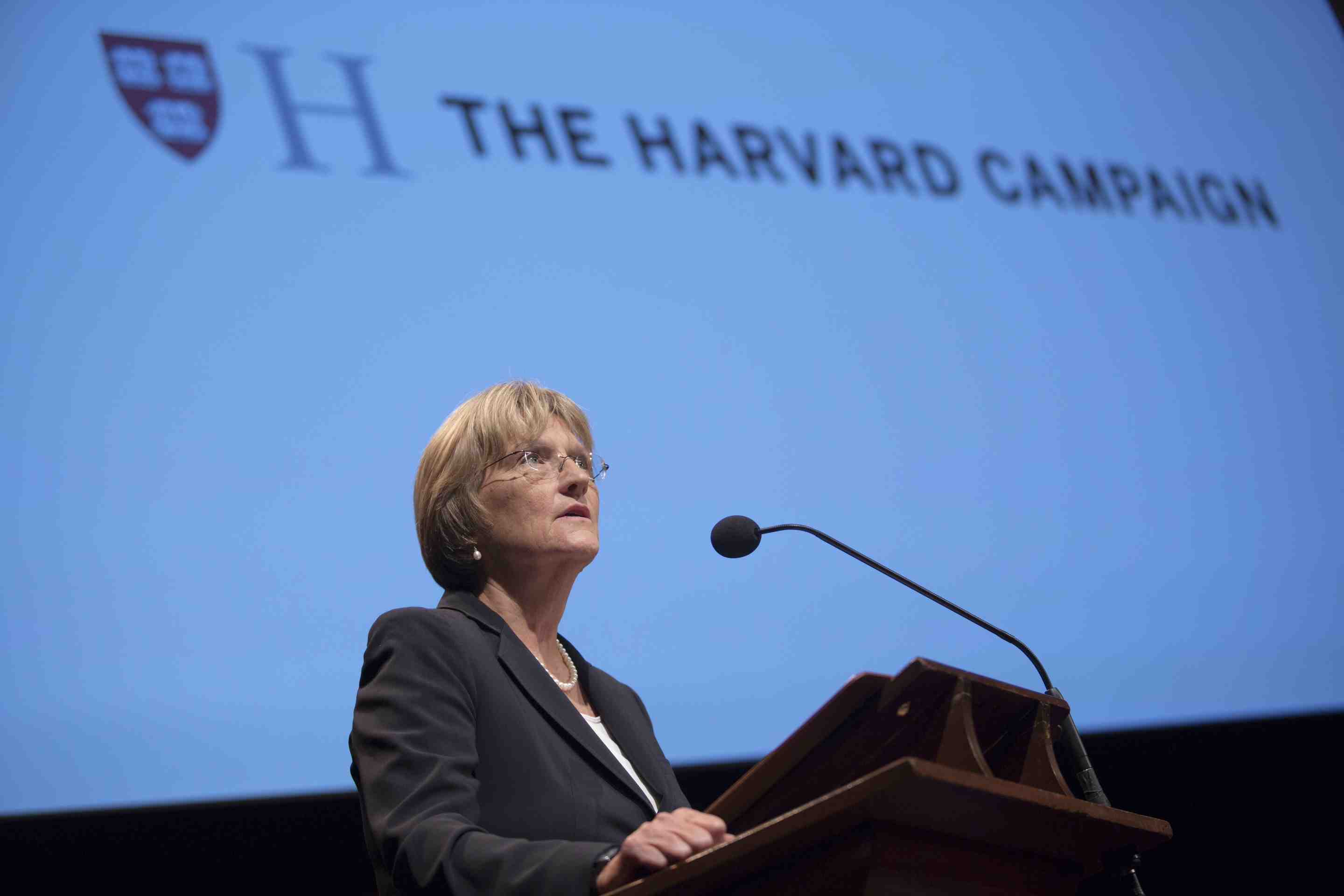
Facing federal budget cuts, one of the world’s most prestigious universities is launching a colossal capital campaign. Harvard University’s new fundraising effort announced on Saturday could become the largest ever in higher education.
Harvard hopes to rake in $6.5 billion by 2018. If successful, America’s oldest institute of higher learning would surpass Stanford University’s five-year $6.2 billion campaign that finished last year.

Economists at the Massachusetts Institute of Technology laid out Friday the kind of manufacturing production they believe the United States will need to support an innovation economy.
While the economy is slowly recovering from the financial crisis, unemployment still remains high and many Americans’ incomes are stagnant. In poll after poll, companies have said the problem stems from a shortage of skills in the workforce: employers say they can’t find and hire people with the right capabilities.

Anant Agarwal, the president of EdX- Harvard, and MIT's $60 million online learning venture, is a bit of a rock star.
Last year, Agarwal taught EdX's first massive open online course (MOOC), a course on circuits and electronics. Like all MOOCs, it was posted online for free.
"I was hoping for a sweet spot, a total of about 2,000 students. I figured if we had 200 students, that's as much as a campus class. That would be embarrassing."
But what Agarwal and his colleagues didn't figure was the worldwide demand for free, online MIT engineering courses.
"We had 10,000 students sign up in the first few hours of making the course open," Agarwal said. "So that was the first heart attack. Then, as the numbers kept rising and began approaching 100,000, then it was panic time. So we were wondering, 'How on Earth are we going to support this many students?'"
Agarwal is among those in higher education who believes it's important for people around the world to have access to a great education, but is EdX disrupting the higher ed market by giving away knowledge for free?
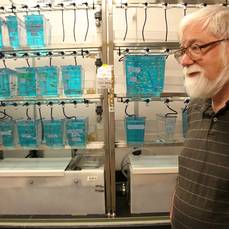
Since Amherst College decided not to join EdX, more and more colleges and universities have signed up, hoping to put their own courses online. But bubbling under this debate are questions about the quality of online learning and whether credits should be issued.
Fueling the debate is a recent survey produced by The Chronicle of Higher Education: Nearly three quarters of professors who teach these free online courses don't think their students should get credit as they would in a face-to-face class.
Massive open online courses, or MOOCs — the fast-growing movement to put higher-education courses online for free, have gotten the attention of President Obama.
"Universities like Carnegie Mellon, Arizona State, they're starting to show that online learning can help students master the same material in less time and often at lower costs," Obama said recently.
But the jury is still out on the effectiveness of online courses: Are they worth the hype or a passing fad?
Confronted with shifting demographics and rising operating costs, many presidents of small New England colleges say there will be a shakeout in the years ahead.
This summer, the New England Board of Higher Education conducted a survey of presidents and a high percentage of them agree: their schools ought to consider different models of education to compete successfully in the future.
In Boston we may well be at the epicenter of the debate over the value of a liberal education. The "culture wars,” “the crisis in liberal arts education or the humanities”- these phrases are commonplace.
Because of our admissions processes, today’s students arrive at college having been encouraged to be well-rounded as the highest of values. I hope for my students that they will learn to explore, to follow their own intellectual pathways, and to discover their passions – rendering them sharp.
The well-rounded student, after the rigors of a broadly based liberal education, emerges after graduation prepared to forge ahead as an individual and citizen in our global, complex, ever-changing, and imperiled world with a sharp focus on the implications for people and societies.

